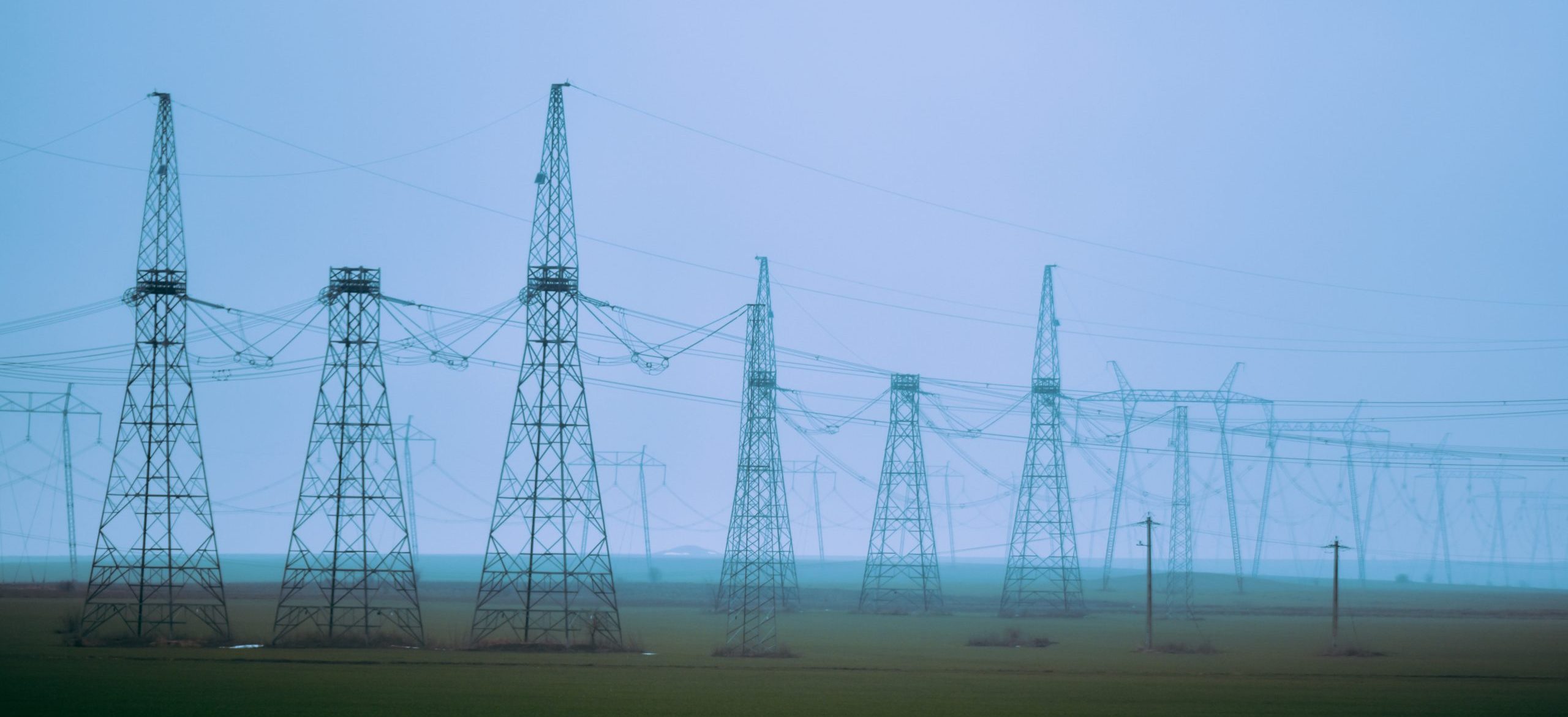The Digitization of the Power Grid: Distribution Automation Edition – Cisco Blogs

Utility Grid automation, particularly in the distribution space (DA), requires a wide variety of deployed and supported use cases to continue to improve the safe, reliable, and efficient delivery of power. Last-mile wireless communications networks have become the leading solution to connect and support these field deployed automation assets. With the ever-increasing operational reliance on these connected assets, the importance of their underlying wireless network continues to remain an industry focus.
Scale:
The scale of assets being deployed for DA will rival the largest communication networks ever built. Globally, it is estimated that the utility industry has added over 1 billion connected assets in the last seven years alone, with deployments continuing to accelerate. An average utility, with 3 million customers, can expect to deploy over 100 thousand new connected grid assets in the coming decade. Cisco’s heritage in building the largest and most secure networks has informed the evolution of our Field Area Network Directory solution. It leverages network automation in deployment, monitoring and management of these large-scale DA networks. This network automation enables consistent security and expedited deployment timelines, all while reducing operational expenses.
Security:
Utility operators are more reliant on DA assets to improve the resiliency and efficiency of the grid. As such, the underlying DA communication network’s reliability becomes increasingly important to the utility core mission of delivering safe and reliable power. Recent public security breaches have emphasized how cyber security is directly related to both network reliability and business continuity. Although utility regulators have not caught up to making FAN security a defined standard, utilities share the universal desire to constantly evolve FAN security. A recent survey reveals only 24% of utilities feel “very prepared” with respect to FAN security. Cisco’s DA validated design reveals an architecture that is both highly secure and scalable.
DA Feeder Automation Implementation Guide
Adaptable Field Area Networks:
Cost and operational complexity is driving utilities to support multiple use cases within a consolidated multi-service field area network. Use case variability might encompass differences including bandwidth, power draw, sizing, reliability, latency, mobility, deployment density, and geography, to name a few. With FAN technology, frequency or form factor might be appropriate for some use cases while not ideal for others. For example, a utility may choose LTE as their preferred multi-service FAN technology, but it may only cover 90% of the utility service area. At Cisco, we recognize the reality that in most cases no single technology will be able to cost effectively support all use cases. The Cisco Field Network Director can consolidate the Cisco DA network technologies (i.e., LTE, pLTE, WiSUN mesh, WiFi mesh, LoRa) into a single network with a consistent architecture, security posture, and operational model.
Private LTE Ecosystem Grows:
Cisco’s commitment to providing a multiservice field area network supporting a variety of technology and frequency options gains additional functionality with newly announced partnerships and frequency support.
In North America, Cisco’s industrial router platforms have recently gained FCC certification for the Anterix Band 8 private LTE frequency. This frequency provides the long needed private spectrum utilities have been demanding for years. This will help them build private secure and highly reliable utility radio networks. The Anterix frequency, which is sub 1Ghz spectrum, provides a well-balanced option that has both good physical propagation and broadband speeds. These characteristics can support the required deployment density, once utility operators reach full scale grid digitization, while minimizing eNodeB infrastructure costs. The Cisco industrial router platforms supporting the Anterix frequency will enable utilities to deploy Cisco and Anterix for a variety of distribution grid automation use cases (VVO, FLISR, etc.), AMI, T&D substation automation, and mobile fleet use cases. Together, Anterix and Cisco are well positioned to enable private LTE solutions for energy providers in the United States that require highly secure, resilient, and customer-controlled LTE networks.
Read more about the Cisco Anterix partnership.
Cisco – Private LTE collaboration blog
Share:

